News

Apr 08, 2021
New position will support graduate and post-graduate training
Donna Korzick, professor of physiology and kinesiology, recently assumed a new role as director of graduate training initiatives in the Huck Institutes for the Life Sciences. In this role, Korzick is dedicating half of her time to support the application for and execution of training grants from organizations like the National Institutes of Health.
Full Article
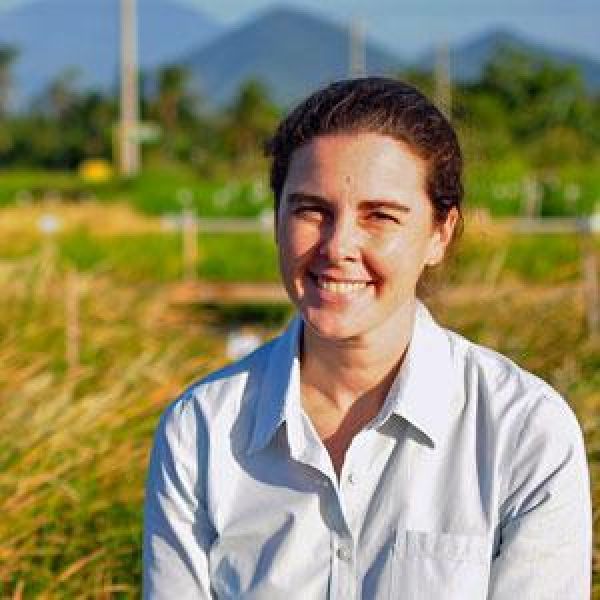
Apr 08, 2021
Plant Biology alumna receives humanitarian award
Plant Biology graduate program alumna Amelia Henry has received the Graduate School Alumni Society Humanitarian Award. This award recognizes an alumnus/alumna holding a graduate degree from Penn State who has made a positive societal impact on the welfare of humankind beyond the responsibilities of one’s profession.
Full Article
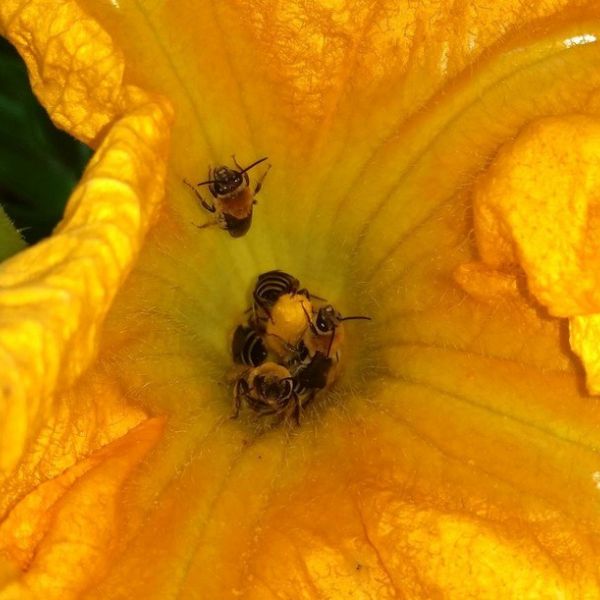
Apr 07, 2021
Entomologist to examine how plant domestication influences pollinator evolution
A grant of nearly $1.4 million from the National Science Foundation will support a researcher in Penn State's College of Agricultural Sciences in a study examining the influence of plant domestication on the ecology and evolution of wild pollinator species in agricultural landscapes.
Full Article

Apr 06, 2021
Penn State’s Industrial Biotechnology Ecosystem Continues to Bloom
In just 30 months and despite facing a global pandemic, Penn State and collaborating companies have successfully established and advanced the industrial biotechnology ecosystem and talent pipeline at the university.
Full Article

Apr 06, 2021
Tech Tournament to showcase Penn State's most disruptive innovations
Eight of Penn State’s most disruptive and promising early-stage technologies will compete for $150,000 in the Invent Penn State Tech Tournament, a signature event of the Invent Penn State Venture & IP Conference, at 2:45 p.m. on April 15.
Full Article

Apr 01, 2021
A new approach to undergraduate research
Launched during the pandemic, a team-based experience opens doors to students’ success.
Full Article
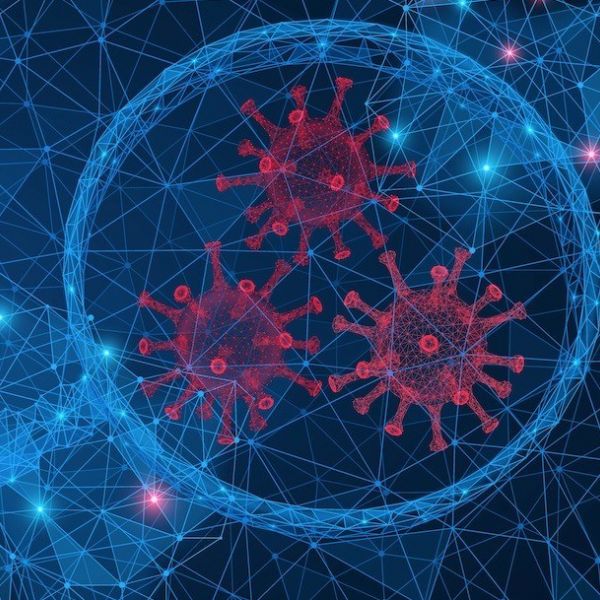
Mar 30, 2021
Origins of an outbreak
It was late January 2020 when Maciej Boni realized that the COVID-19 pandemic was about to take over his life. Boni, associate professor of biology, is an epidemiologist with extensive expertise in viral evolution, including a recent focus on human and avian flu. When COVID-19 hit, he tapped into a network of colleagues around the world, quickly joining an international team intent on tracking the outbreak to its origins.
Full Article
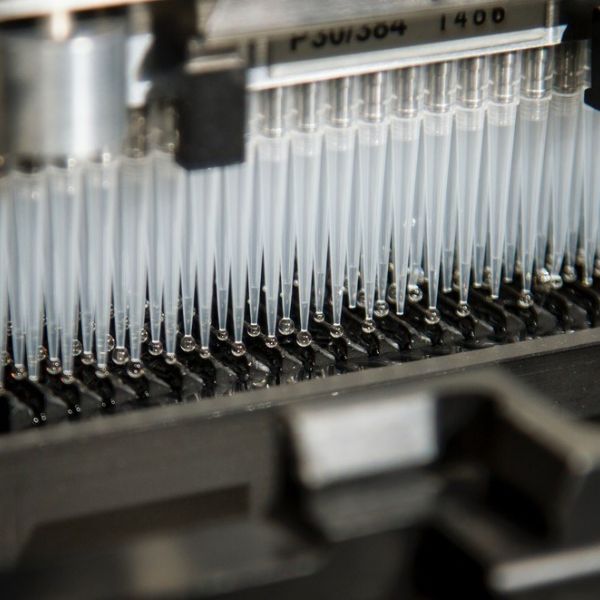
Mar 30, 2021
New statistical method eases data reproducibility crisis
Researchers at Penn State and the University of Minnesota have developed a statistical tool that can accurately estimate the replicability of a study, thus eliminating the need to duplicate the work and effectively mitigating the reproducibility crisis.
Full Article
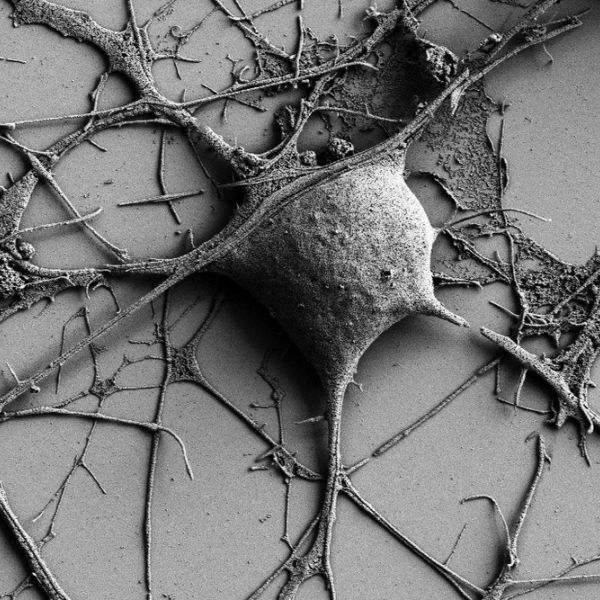
Mar 29, 2021
Exploring variations in herpes virus symptoms
Why do some people with cold sores around their lips experience painful lesions, while others have no symptoms at all, yet still spread the virus? A new study conducted at Penn State finds that these differences could be due to variations in the way certain strains of herpes simplex (HSV-1) — the virus that causes cold sores, as well as genital herpes — activate gene expression in neurons.
Full Article
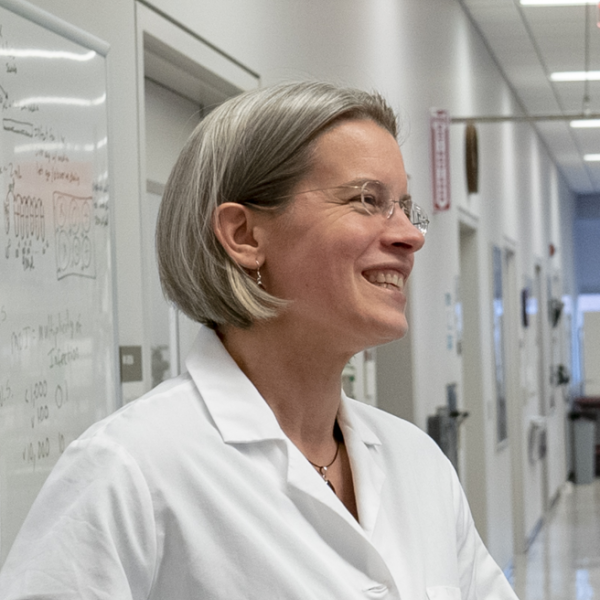
Mar 29, 2021
Penn State virologist Szpara to co-host COVID-19 vaccine education town halls
Moriah Szpara, associate professor of biology and of biochemistry and molecular biology at Penn State, will co-host two COVID-19 vaccine education town halls at 7 p.m. EST on Wednesday, March 31, and Wednesday, April 7, with Benhur Lee of the Icahn School of Medicine at Mount Sinai.
Full Article